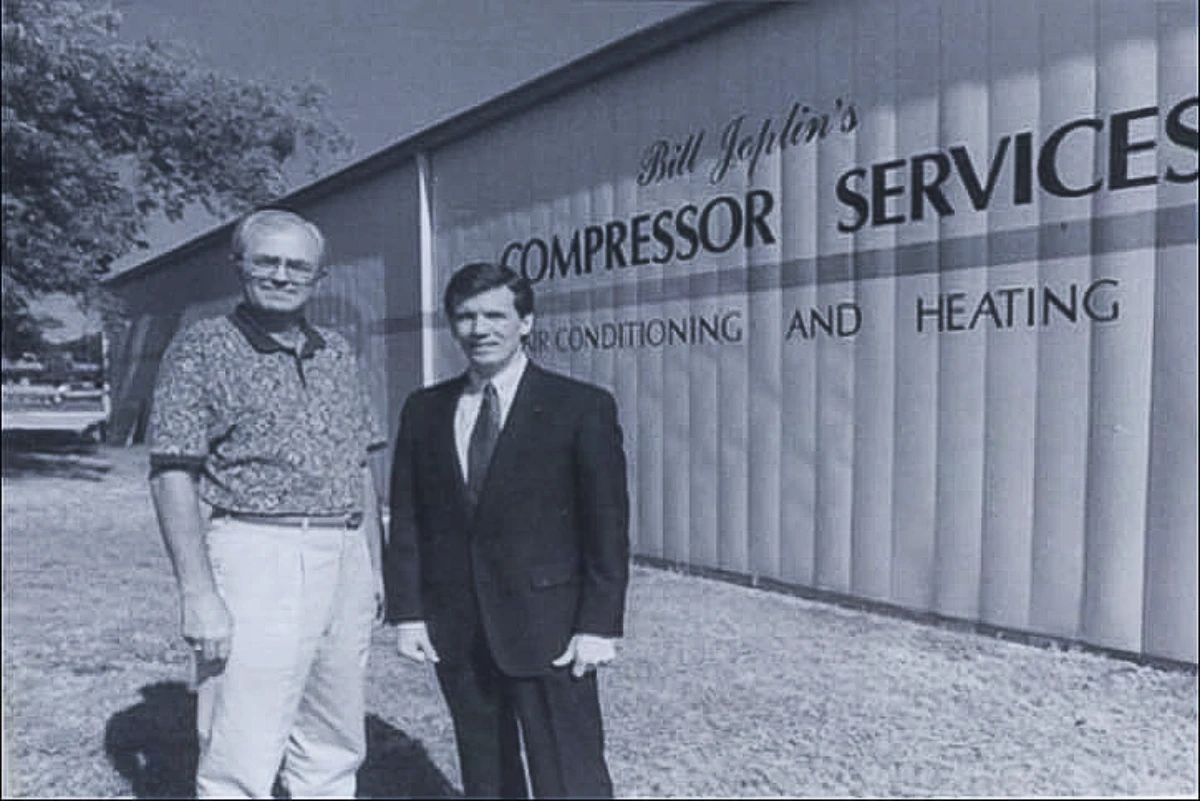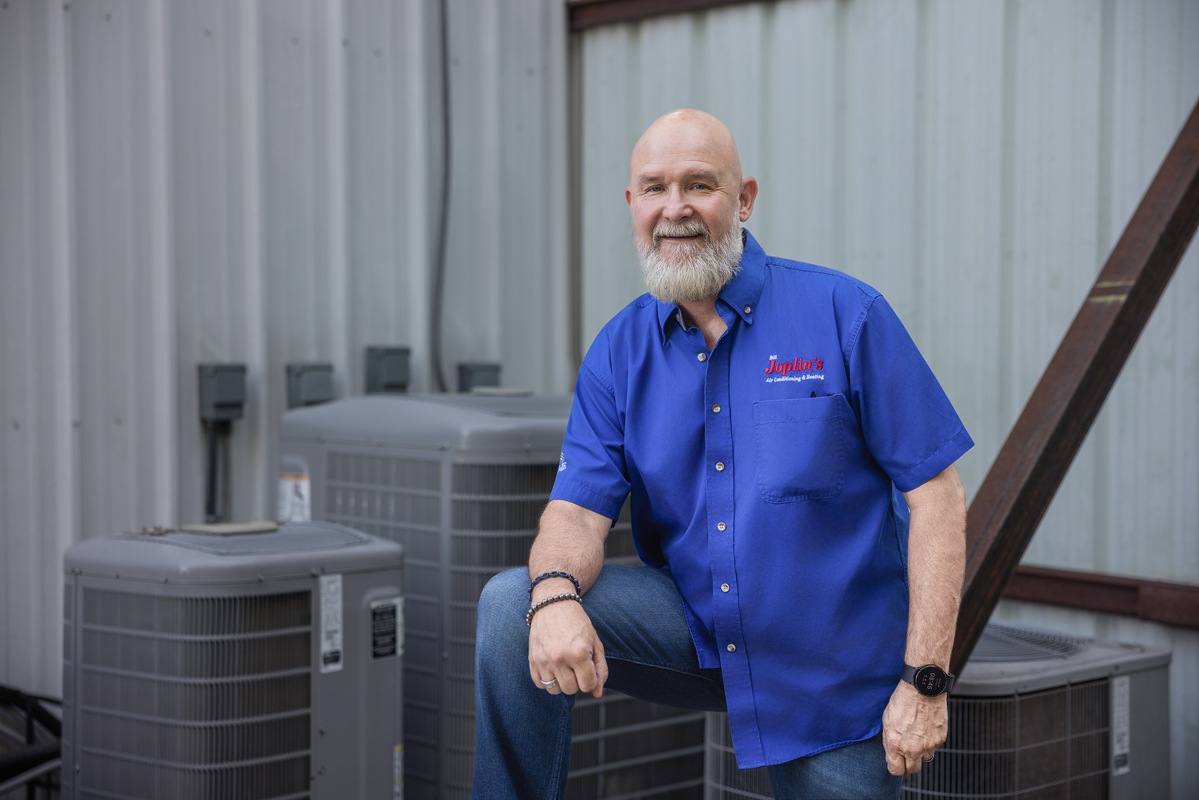When the auditing team scans the interior and exterior walls of your home during the energy audit, they’ll see color differences that indicate heat leaving or entering your home. Adequate insulation in the attic and walls will slow the rate of heat transfer, driving down energy costs year-round.
Implementing the Results
Caulk, expanding foam and weatherstripping will seal almost all air leaks, many of which occur around window and exterior door frames. If the audit turns up leaks around hot flues or a chimney, use metal flashing or heat-resistant caulk for sealing.
Additional attic insulation is fairly straightforward to install when you use fiberglass batts or blown-in cellulose, but increasing it in walls may require an HVAC specialist who has the equipment to blow it in and seal the holes.
For more information about the benefits of an energy audit, contact Bill Joplin’s Air Conditioning & Heating. We’ve proudly served homeowners in Allen, McKinney and Frisco since 1978.


